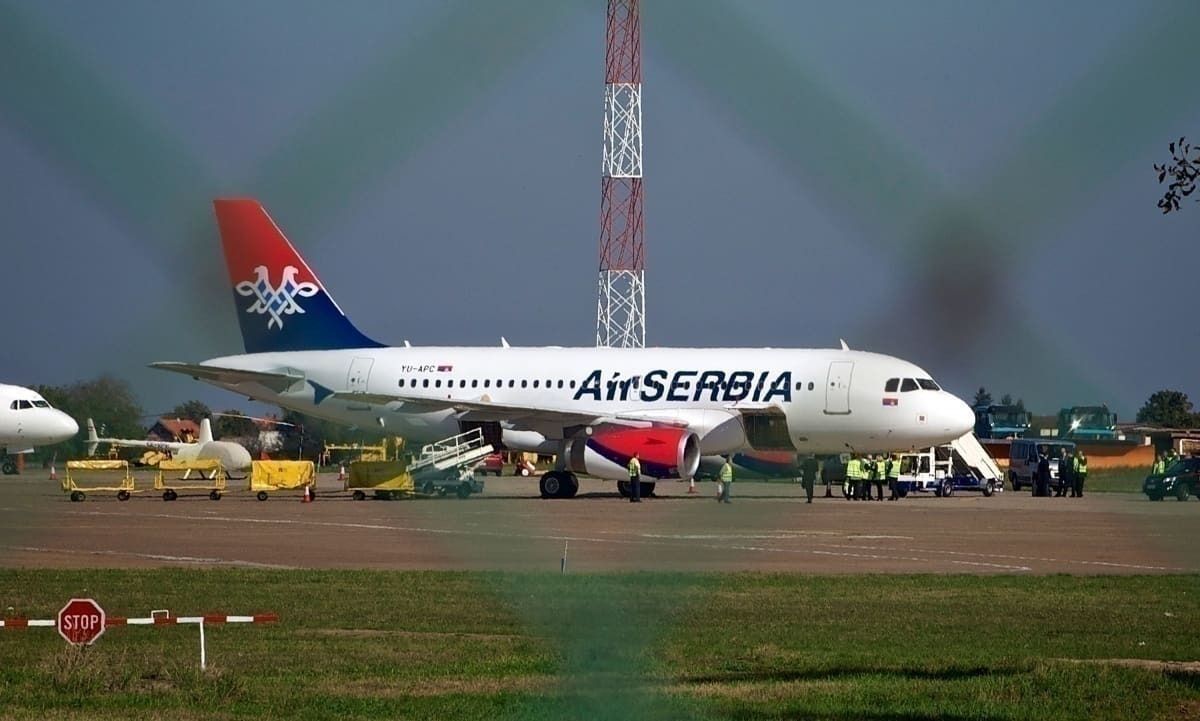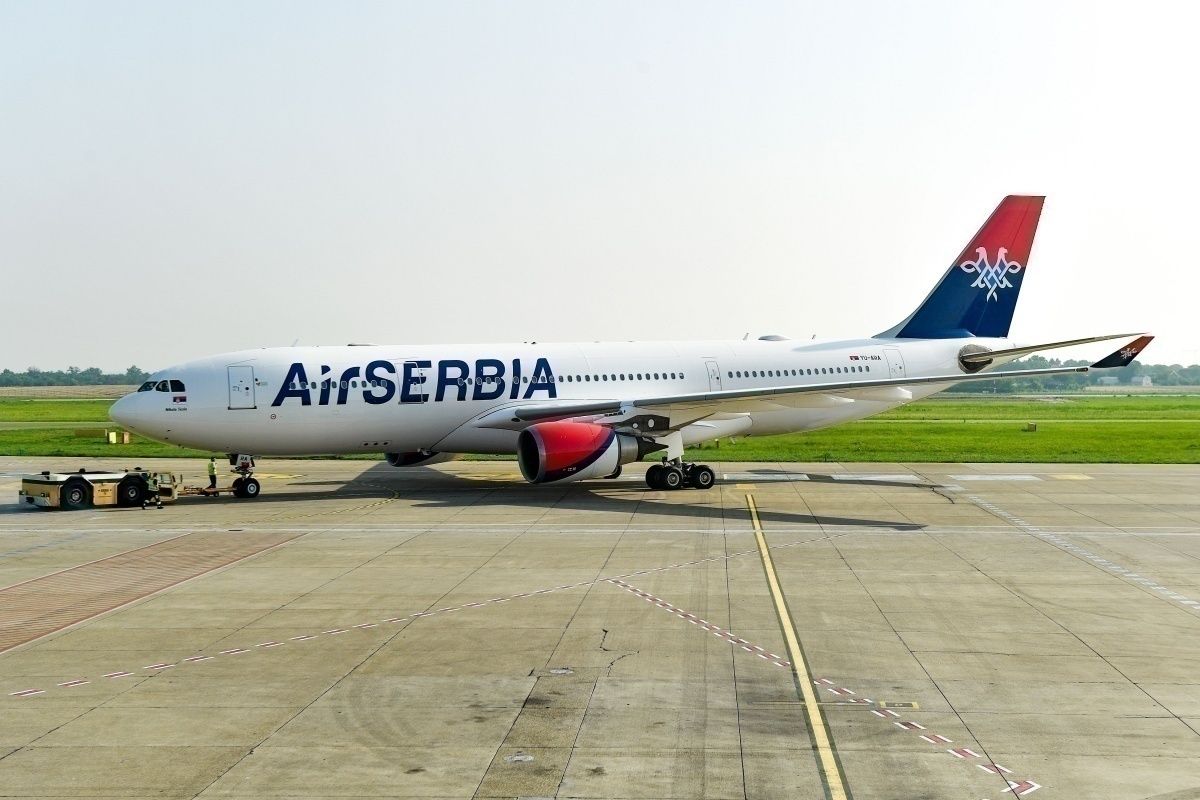Thanks largely to a diminished presence of foreign airlines in Serbia, Air Serbia has drastically increased its traffic share at Belgrade Nikola Tesla Airport. In January 2021, Air Serbia carried 53.1% of all passengers in Belgrade. In January 2020 the figure was 42%, and in January 2019 it was 38.4%.
A major increase for January 2021
As travel restrictions continue, and as airlines concentrate their traffic in their own bases, flag carriers are growing in importance in their own airports.
Air Serbia has carried over half of the passengers that traveled through Belgrade Nikola Tesla Airport in January this year, which is a reasonably strong performance compared to the previous two months of January. Last year, in January 2020, the Serbian flag carrier carried 42% of Belgrade's traffic, while in January 2019 the share was as low as 38.4%.
Commenting on this marked rise in a statement seen by Simple Flying, Air Serbia's General Manager Commercial and Strategy, Jiri Marek, said,
"The recorded result represents an outcome of strategic planning and quick adapting of traffic to all changes in the market. The previous year was marked by the coronavirus pandemic, which led to a significant reduction in air traffic, but Air Serbia, even in such circumstances, managed to achieve good results in terms of load factor on a large number of routes."
Stay informed: Sign up for our daily aviation news digest.
Montenegro Airlines' collapse had a limited effect
When Montenegro Airlines collapsed in December last year, Montenegro's airports of Tivat and Podgorica were left without their single largest market, Belgrade.
However, conversely, the impact of Montenegro Airlines' collapse on Belgrade has still been described as "not significant" by Air Serbia. This is because Montenegro Airlines has just 4% of the market share in Belgrade, and Air Serbia had taken over much of that share via its own flights to both Tivat and Podgorica.
At the time of the peak holiday season, Air Serbia more than doubled its seat capacity from Belgrade to Montenegro by increasing the frequencies of its flights to Montenegro and by boosting the capacity, sending the Airbus A319 and A320 aircraft in place of the ATR-72.
Air Serbia keeps growing
Had it not been for the pandemic, Air Serbia would have had an incredible year last year. It recorded double-digit growth in the second half of 2019, having launched ten new routes out of Belgrade.
The airline then recorded an incredible 30% growth in January and February 2020 compared to 2019, but it all came to a rapid halt in March. Air Serbia is now getting ready to establish itself as a major regional player as demand starts to pick up, and it might just succeed in that.
Do you think air Serbia will retain its market share in Belgrade after travel restrictions are lifted? Let us know what you think of this story in the comments below.



